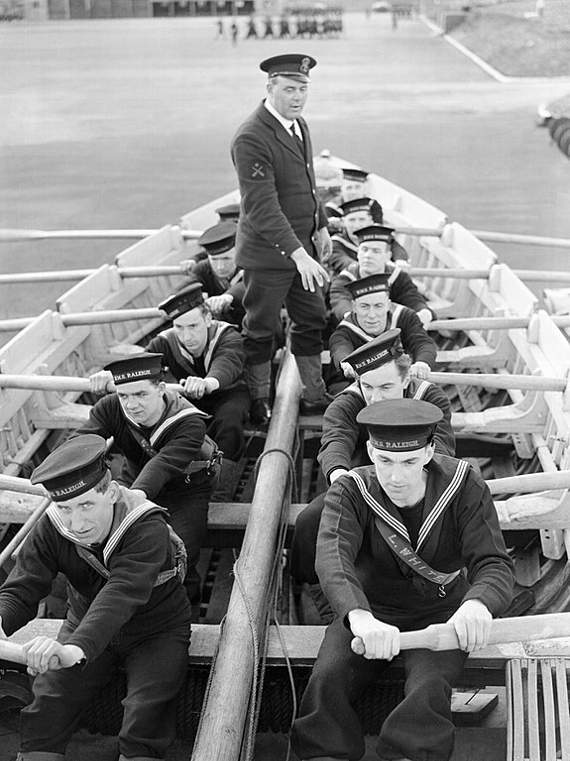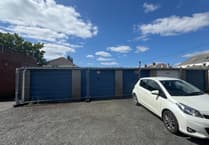AS the UK commemorates the 75th anniversary of VE Day today, 48 new sailors will pass-out of HMS Raleigh ready to serve their nation,
Just like the thousands who trained at HMS Raleigh during the war years and beyond, the recruits will be marking their transformation from civilians into military personnel.
HMS Raleigh was one of a number of establishments set up as part of the Military Training Act passed on 26 May 1939 during a period of international tension that led to World War Two.
The training base in Torpoint was formally commissioned in 1940 and played a key role in the war effort: new entry sailors came through the gates at a rate of 300 per week to complete their basic training.
Captain Richard Harris, the Commanding Officer of HMS Raleigh, said: ’Although technology has modernised our training, the basic principles of training remain the same. The values we instil in our recruits during their 10 weeks training, of courage, commitment, discipline, integrity, respect and loyalty, are as relevant today as they were back then.
’In this difficult time for our country, when military personnel are being called upon to help our country both at home and ready to do so overseas, many of the veterans will be self-isolating. Our message to them is that their bravery and sacrifices are still in our thoughts and they remain role models for our young recruits passing-out today.”
Construction of HMS Raleigh started on 24 August 1939, on the site then known as Trevol, which belonged to the Antony Estate. In preparation for war HMS Raleigh was initially designated to train members of the Royal Naval Special Reserve, most of whom were members of the merchant fleet or men with some seafaring connection.
A gunnery school and a signal section were set up where the merchant seaman could be trained to use the weapons and communications equipment that their ships would be fitted with in wartime. The establishment was to consist of long narrow single-story wooden huts with drill sheds, canteens, a sick bay, offices, a parade ground and wardroom.
There was one boat available to train 4,500 men who were known as hostility only seamen. In addition, 600 civilians were to be employed daily.
HMS Raleigh was ready to begin training in January 1940, and with war already declared the establishment’s contribution to the war effort grew.
The establishment was hit by a German bomb on 28 April 1941 during one of the heaviest attacks of the Plymouth Blitz. Sadly 44 sailors and 21 Royal Engineers lost their lives and they are buried at Horson cemetery in Torpoint in official war graves, where each year in November a Remembrance Service is held. It is believed that the engineers were part of two troops in the Plymouth area, helping to prepare assault boats for the North Africa campaign.
Later in the war sailors from the Canadian Navy were trained at HMS Raleigh and in 1944 the US Navy took over the entire camp as an embarkation centre for the D-Day landings. HMS Raleigh was returned to the Royal Navy on 29 July 1944.



.jpg?width=209&height=140&crop=209:145,smart&quality=75)
